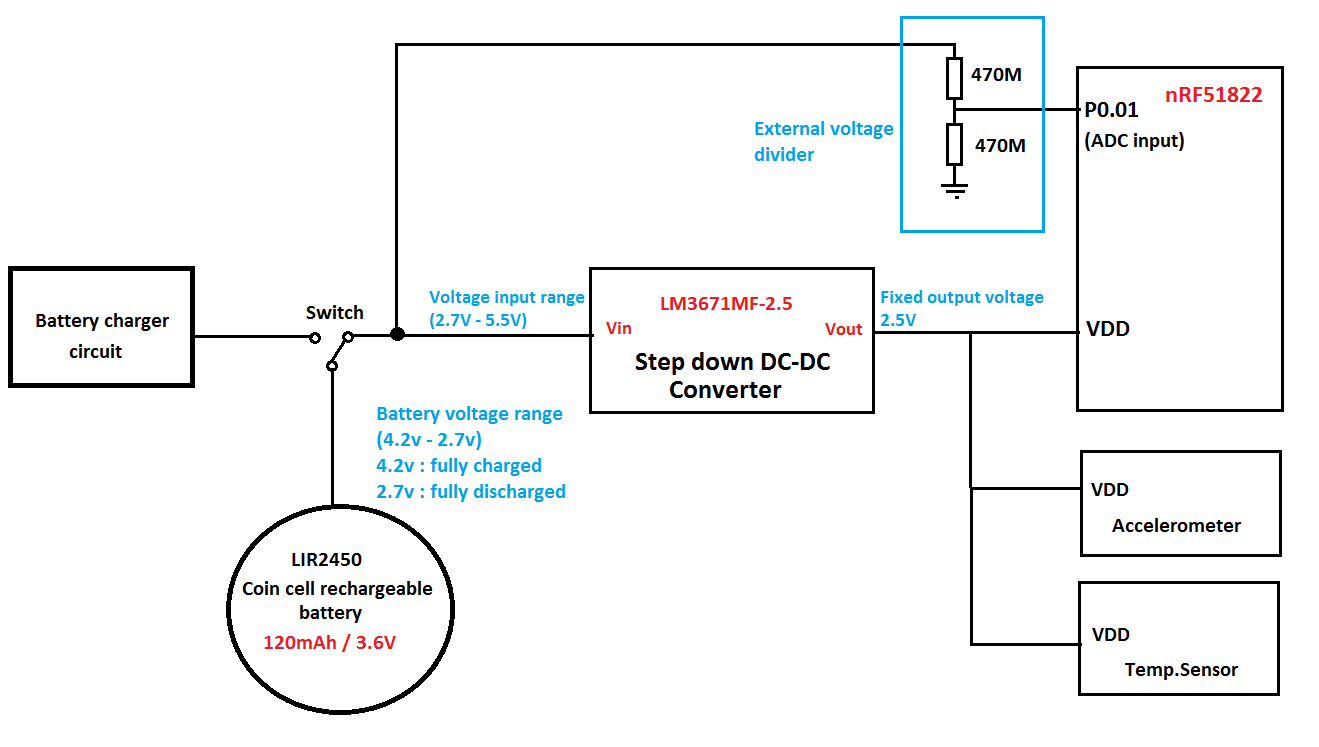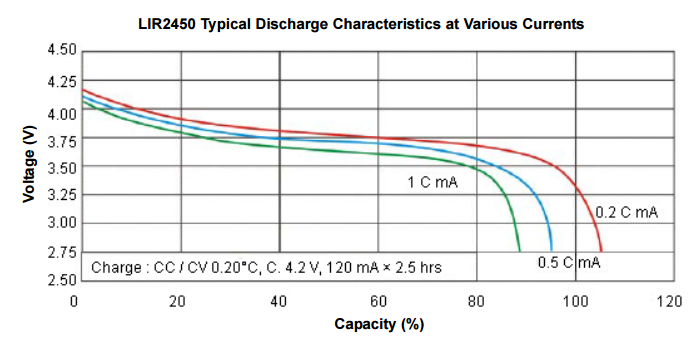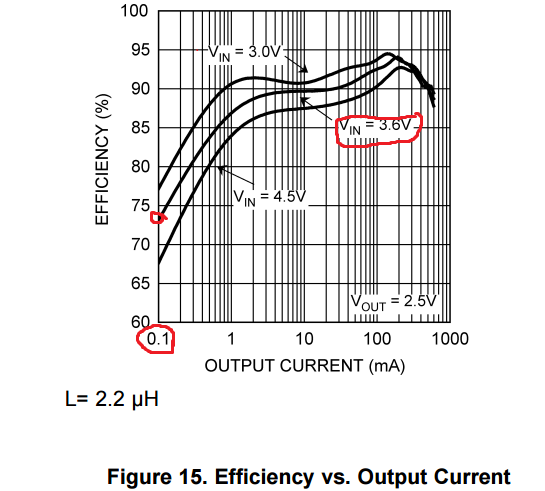Hi,
I'm making my own prototype board using the nRF51822. this board is powered by a rechargeable battery lir2450 (3.6V): www.powerstream.com/.../Lir2450.pdf
i want to know how can i make the nRF51822 chip know when the battery is low. i want something indicating me that the battery is being emptied like, led, Buzzer... .
I was thinking about using one of the ADC input of the nRF51822 to measure the voltage battery and when the voltage drop to a certain threshold that's mean the battery level is low.
But this is won't work because the ADC reference voltage will drop also as its powered it by the same battery.
so i want to know if the nRF51822 have an internal low battery detection or something like that which let me know that the battery level is low ?
Best regards,





